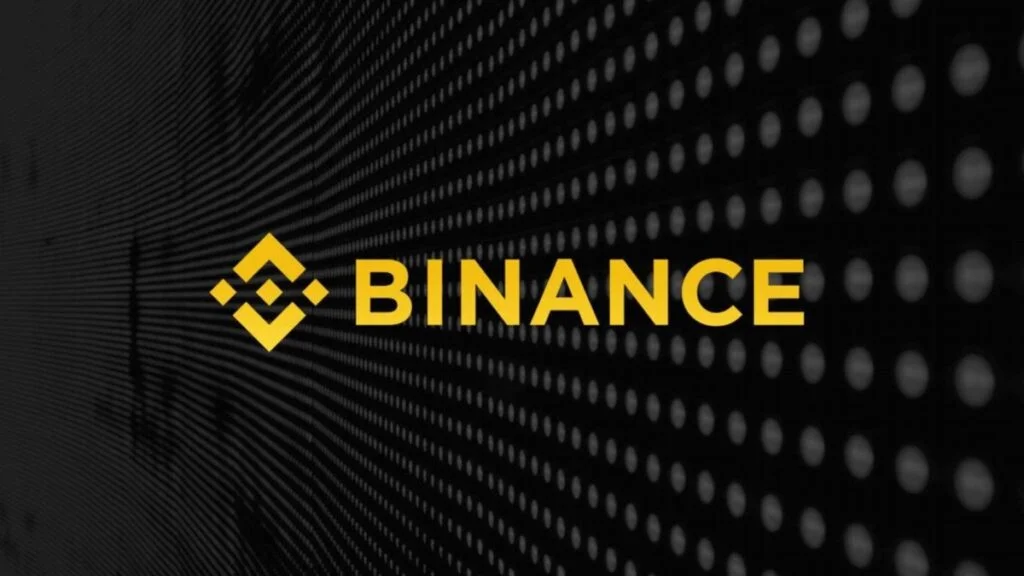Binance has recently increased the minimum staking requirements for several well-known cryptocurrencies such as Solana (SOL), Polkadot (DOT), and Cosmos (ATOM) in their earning products.

Binance offers various earning products, including Locked Savings and Flexible Savings, which allows token holders to earn passive income from their cryptocurrency holdings.
In Flexible Savings, users can lock their tokens for a specific period and withdraw them along with any earnings. Specifically, Binance has raised the caps for locking assets for 120 days on specific cryptocurrencies.
For instance, the minimum requirement to lock ATOM for 120 days has increased from 30 ATOM to 1,000 ATOM. Also, the minimum requirement for SOL stakers has increased from 30 SOL to 500 SOL.
However, the company has reduced the annual percentage rates (APRs) of these products by 1-2 percent. While some investors prefer staking directly on proof-of-stake blockchains like Ethereum and Cardano, others find it more convenient to stake their assets on a centralized exchange like Binance.
Binance engages former DOJ prosecutor to counter SEC allegations
The change in Binance’s lock-up period is significant as it can reveal market trends and influence investors’ decisions. One interpretation suggests that Binance is trying to attract new investors and retain existing ones. This is a positive sign, considering the recent legal action taken by the U.S Securities and Exchange Commission against Binance.
SEC alleges that the crypto exchange allowed users to illegally trade unregistered securities, including ATOM and SOL. Another view suggests that the increase in minimum staking requirements could respond to the growing popularity of self-custody options.
The user base of centralized exchanges may have declined due to this trend. It prompts Binance to maintain liquidity and prevent further market share losses.
Different perspectives have divided the community, with some seeing Binance’s actions as a sign of confidence in the long-term future of cryptocurrencies.
In contrast, others view it as a desperate attempt by centralized exchanges to maintain their dominance in a changing market. The rise of self-custody solutions, which give users more control over their assets, has driven exchanges like Binance to adjust their offerings to remain competitive.
